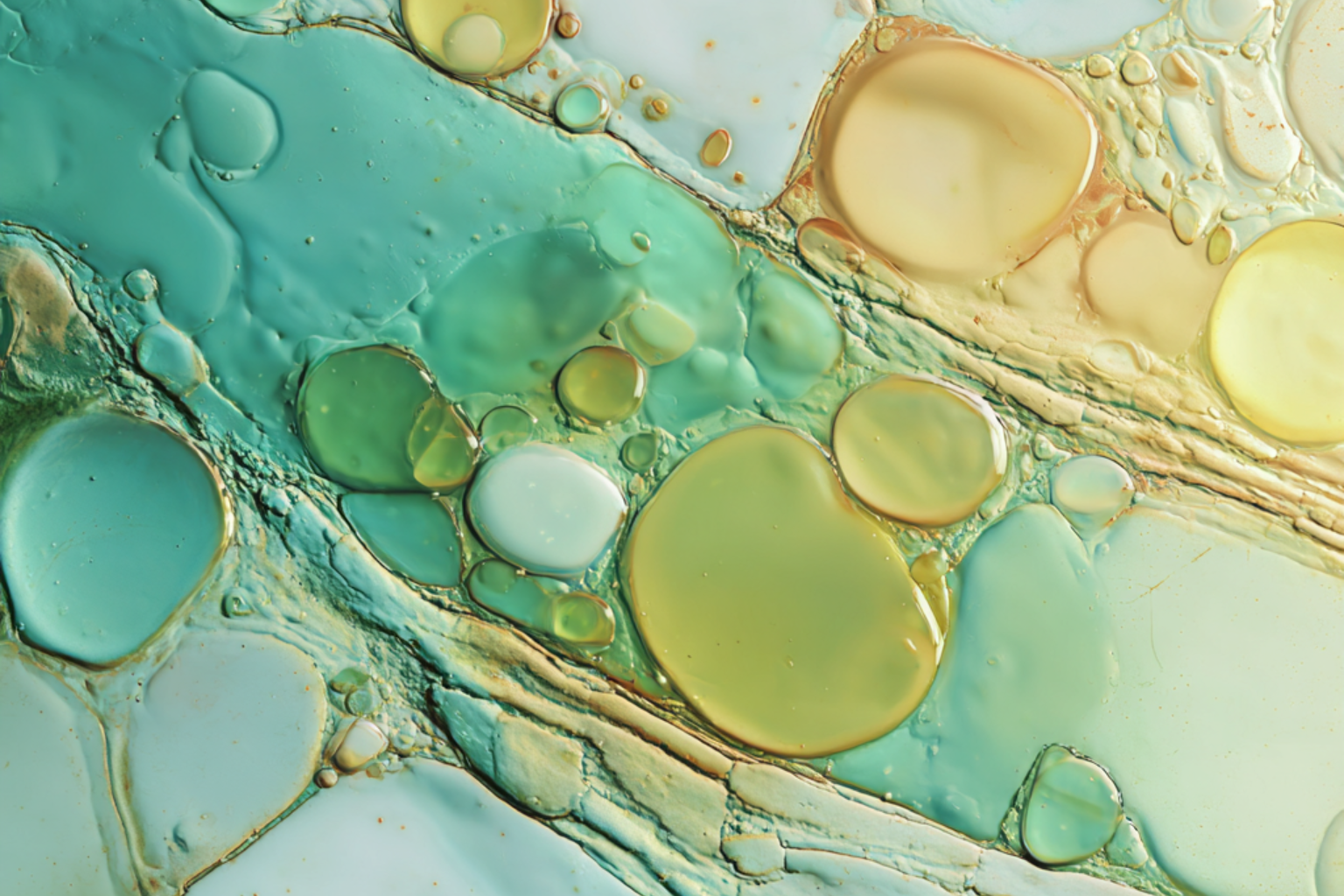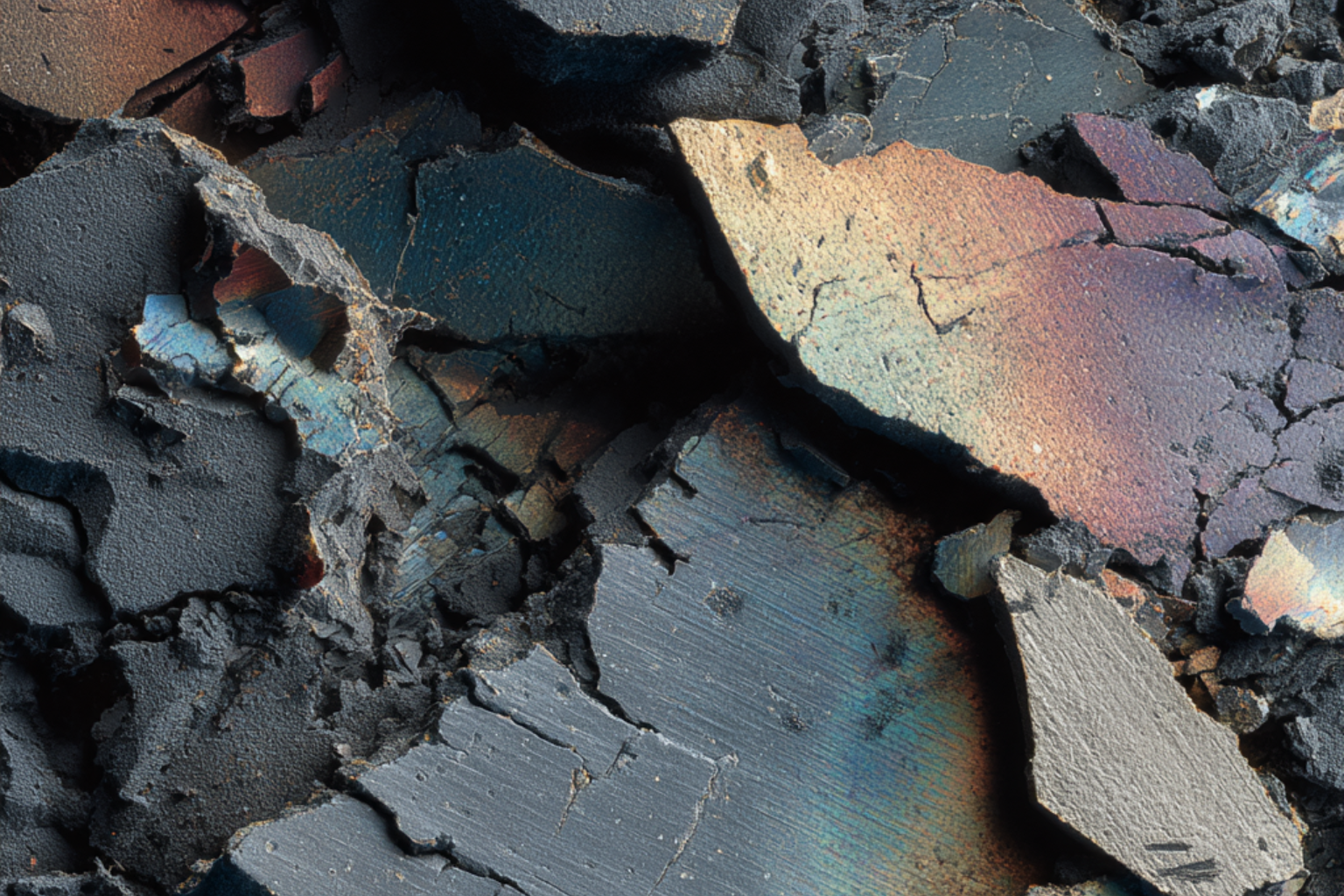What are Human Hormones?
Human hormones are natural chemical messengers that regulate many essential processes in the body, including growth, reproduction, metabolism, and stress response. While they are crucial inside the human body, their presence in drinking water is a growing concern. Alongside natural hormones (such as estrogen, testosterone, progesterone, thyroid hormones, and insulin), there are also endocrine-disrupting compounds (EDCs) — synthetic chemicals that mimic or interfere with hormone function.
Examples of hormones and hormone-like substances found in water include:
-
Estrogens (estradiol, estrone, estriol, synthetic contraceptive estrogens)
-
Androgens (testosterone and related compounds)
-
Progesterone (linked to pregnancy and menstrual cycle regulation)
-
Corticosteroids (stress and immune response hormones)
-
Thyroid hormones (key to metabolism and development)
-
Insulin and metabolic regulators
Although these hormones naturally belong in our bodies, consuming them through contaminated water disrupts the body’s finely tuned balance.
What health effects do Human Hormones have?
The World Health Organization (WHO) and numerous scientific reviews highlight the dangers of hormone and endocrine disruptor exposure in drinking water. The risks include:
-
Endocrine disruption – interference with the body’s hormonal system, affecting metabolism, immunity, and reproduction.
-
Reproductive issues – reduced sperm counts in men, menstrual and ovulation disturbances in women, and infertility linked to long-term exposure to estrogenic compounds.
-
Cancer risk – hormone-sensitive cancers such as breast cancer, ovarian cancer, and prostate cancer are associated with estrogenic and androgenic exposure.
-
Developmental problems – prenatal and early childhood exposure can disrupt physical growth, brain development, and long-term health outcomes.
-
Metabolic disorders – disruption of thyroid hormones and corticosteroids may contribute to obesity, thyroid disease, and diabetes.
Even at trace levels, these compounds raise concern because the endocrine system operates with hormones in extremely small concentrations — meaning tiny amounts of contamination can still have significant effects.
How do Human Hormones get into tap water?
Hormones can enter drinking water supplies from multiple sources:
-
Human excretion – natural hormones and medication residues are excreted and enter wastewater.
-
Pharmaceutical waste – improper disposal of hormonal medications (e.g., flushing pills) contributes to contamination.
-
Agricultural runoff – livestock treated with hormones excrete them in manure, which washes into rivers and groundwater during rainfall.
-
Industrial discharges – certain industries release chemicals with estrogenic or androgenic activity.
-
Landfill leaching – hormones and endocrine-disrupting compounds from discarded medicines and plastics can seep into groundwater.
-
Personal care products – lotions, cosmetics, and soaps containing endocrine disruptors wash into wastewater systems.
Conventional wastewater treatment plants in Australia, the UK, the US, and Europe are not designed to fully remove hormones and endocrine disruptors. As a result, trace amounts often pass into rivers, reservoirs, and eventually household taps.
Who is most at risk from Human Hormones in water?
While everyone is exposed to low levels, certain groups are particularly vulnerable:
-
Pregnant women & unborn babies – prenatal hormone exposure can disrupt fetal development.
-
Infants & children – children are more sensitive due to developing hormonal systems.
-
Men of reproductive age – estrogenic compounds are linked to reduced fertility and altered sperm quality.
-
Women – exposure may worsen conditions such as endometriosis or raise risks of hormone-related cancers.
-
Communities near agriculture or industry – rural and industrial areas may have higher contamination from runoff or waste.
How to avoid/remove Human Hormones from tap water
Basic filters are ineffective at removing hormones and endocrine disruptors. Boiling water does not help either.
At PuraHome, our filters are independently tested to reduce 150+ contaminants, while preserving beneficial minerals like calcium and potassium which are essential for our health.





Leave a comment
This site is protected by hCaptcha and the hCaptcha Privacy Policy and Terms of Service apply.